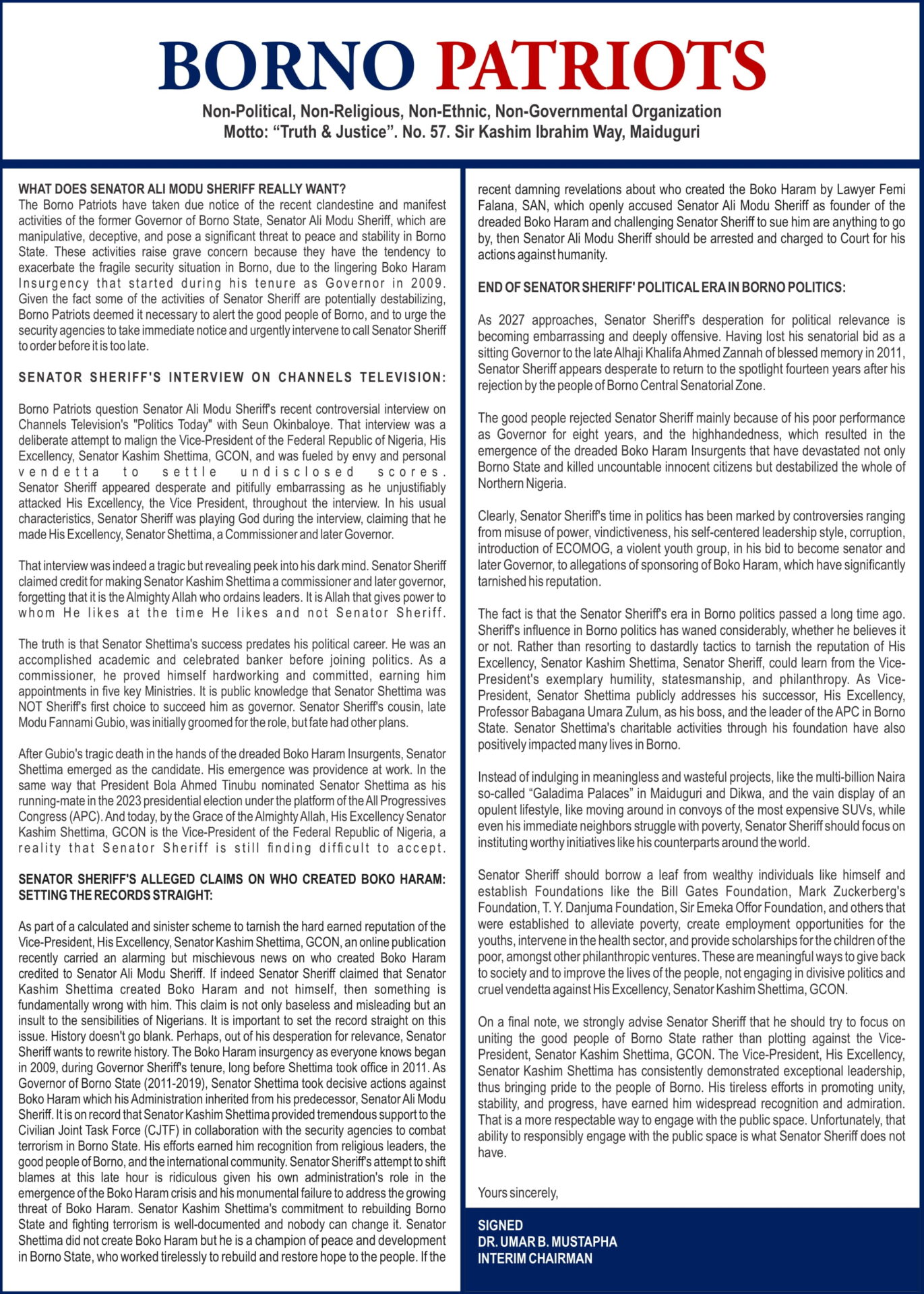NIGERIA’s telecommunications sector experienced one of its most dramatic shake-ups in recent history, as nearly 60 million phone lines were wiped from the national network in 2024 due to the strict enforcement of the National Identification Number–Subscriber Identity Module (NIN–SIM) policy, according to the Nigerian Communications Commission (NCC).
News Point Nigeria reports that the NCC’s 2024 Subscriber/Network Performance Report revealed that active voice subscriptions fell sharply from 224.7 million in 2023 to 164.9 million by December 2024, representing a 26.6% year-on-year decline.
The regulator attributed the unprecedented drop to two major factors: The mass removal of SIM cards not linked to valid and verifiable NINs, and the correction of long-standing subscriber-count discrepancies by a major mobile network operator, which further adjusted the industry’s subscriber database.
The NIN–SIM linkage, first introduced on 4 February 2020, was designed to eliminate anonymous SIM ownership, strengthen national security, curb kidnapping and cybercrime, and enhance the accuracy of Nigeria’s digital identity ecosystem.
After multiple deadline extensions between 2023 and 2024, the Federal Government set 14 September 2024 as the final cut-off date, mandating full compliance. Beginning 15 September 2024, telecom operators automatically deactivated all SIMs not linked to verified NINs.
Officials said the policy was also expected to boost financial inclusion, improve digital services, and pave the way for more efficient national planning by ensuring that every mobile user is tied to a legitimate identity.
President Bola Tinubu announced in September 2024 that more than 126 million Nigerians had been successfully enrolled into the National Identity Database. He added that the government had expanded the system’s capacity from 100 million to 250 million records, allowing for smoother registration and eliminating bottlenecks nationwide.
The NCC report showed that the massive subscriber clean-up had a ripple effect across key indicators:
Teledensity fell from 103.66% in 2023 to 76.08% in 2024.
Internet subscriptions dropped from 163.8 million to 139.3 million, a decline of 24.6 million users, or 14.98%.
Despite the downturn, the regulator highlighted significant progress in network coverage and broadband availability:
Cellular coverage surpassed 95% nationwide.
Broadband penetration inched up from 43.71% to 44.43%, driven by widespread access to 3G (89%), 4G (84%), and 5G (13%) services.
Fresh NCC market performance data indicate that the sector has begun a steady recovery after the historic purge. Active phone lines increased to 173.54 million in September 2025, up from 171.57 million in August, showing renewed market confidence and user reacquisition.
Internet subscriptions on GSM networks also rose to 140.36 million, while teledensity improved to 80.05%, signalling a return to growth across multiple segments of the telecom market.






